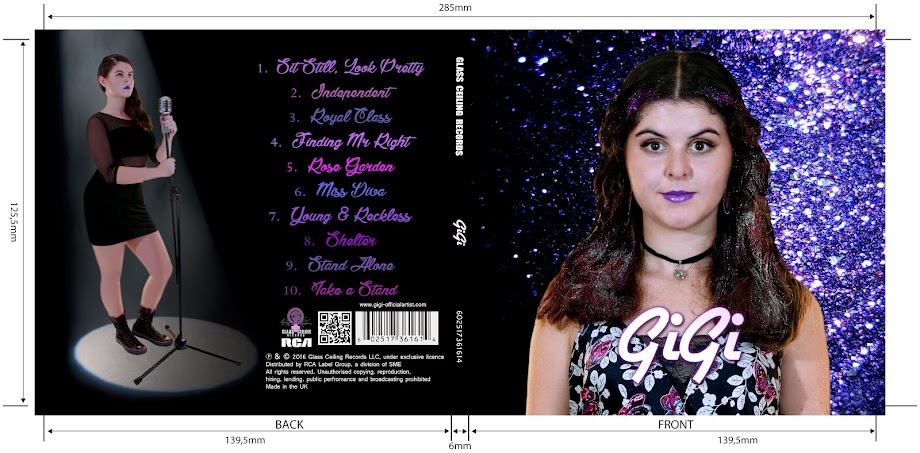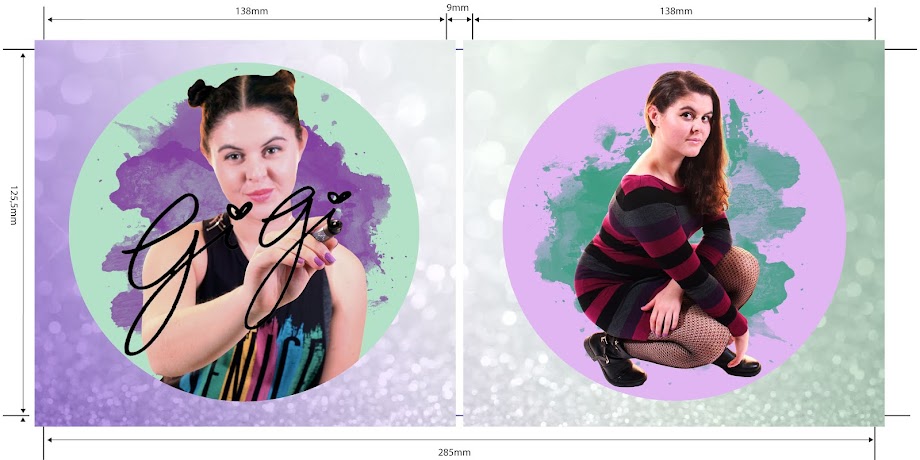Reflections so far
We have completed a lot in a short period of time. I think that the main reason as to how we did so much is that we divided the labour between ourselves and took on jobs that we specialised in most. This meant that we all took a leading role at one point or another during the process. Olamide wrote many versions of the script and took the directing role for the conflict scene so that it would be exactly how she envisioned it. Georgina does drama and so she acted in our sequence as one of our bullies. Alex makes go-pro videos in his spare-time so we used his go-pro for two shots. He was especially skilled in editing and used his own knowledge to improve the quality of our work. I, personally, did a lot of research and made mood boards and provided reference points for the group. I enjoyed teaching Georgina, who was not used to the technology, things like framing and how to film shots and how to edit shots using Adobe Premiere Pro.
Looking back at the test shoot, I think that we did well to overcome the problems that we faced. We did well to shoot and edit our sequence so as to minimise the effects of our mistakes. The main issue that we had was when the power went our during our shooting but that was unavoidable and would be unlikely to happen again.
Looking ahead
We will have two more shoots and two more editing weeks. I am confident that we will complete our project and will do well to avoid mistakes that we made before.
























